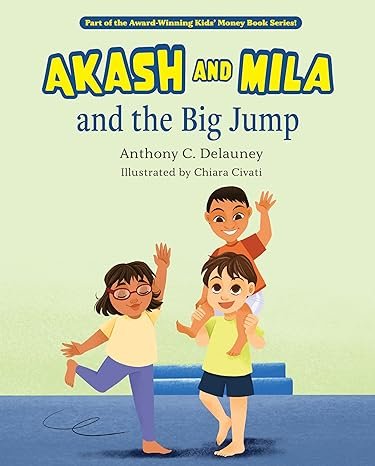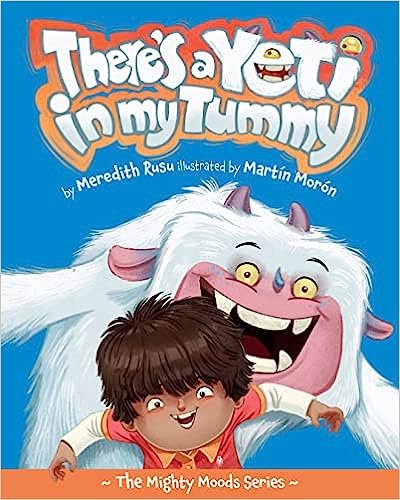Review: Skink No Surrender by Carl Hiaasen
/Skink No Surrender follows the journey of 14-year-old Richard and his search for his cousin Malley. The gripping story will have readers feverishly turning each page in a rush to see if Malley can be saved.
Malley often ran away from home. Richard quickly realized that his cousin lied about her whereabouts the night they planned to look for turtle nests, but this was not unusual behavior. In fact, Malley even called him the next day, to ask him to lie to her parents so that they would not worry.
Eventually, Richard tells his parents that Malley is not at early orientation for her boarding school. His mother speaks to Malley’s parents and the authorities; however, the police seem to not be able to make any progress on the case. When Malley calls Richard again, she no longer sounds like her old cheerful self. Something is wrong.
In a desperate move, Richard goes off with the only man that he thinks can save his cousin: Skink, the former Florida governor, whose outlandish appearance is only just surpassed by his passion for justice. Together the duo sets off to find Malley, before it’s too late.
Hiaasen’s latest work is a fun and enjoyable read. Those who enjoyed his novel Hoot will recall Hiaasen’s humor and style in this tale with a fond familiarity. The motif of environmental consciousness that is prevalent in many of Hiaasen’s other works, also surfaces in Skink No Surrender: Richard reflects on the loss of the species of woodpecker, the ivorybill, made extinct through deforestation in the Florida region, as well as the importance of preserving the few remaining turtle habitats.
The style in which the story is written, however, can cause aggravation among a more critical reader. For instance, the repetitive references to pop culture bands, such as Imagine Dragon and Bruno Mars, in addition to the frequent references to Wikipedia and Google seem rather forced. Furthermore, because the story is told from the first person perspective of a teenager, there are many times when the protagonist concludes his thoughts with such phrases as “sad but true,” “pitiful but true,” or some variation on this formula, which seems unnatural at times.
This is the perfect book for a young reader that can enjoy a tale of adventure with some environmental awareness peppered in together. As this is the novel’s main audience, it makes sense that there are uses pop culture references and what could be construed as a more accessible writing style for the young folk. A more critical examination of the work finds the novel to be entertaining on the surface level; however, the simplicity of the writing style has the can become wearing at times.
Reviewed by James Bilderbeck
Publisher: Random House Children's Books
Publication date: 9/23/2014
Pages: 288















































